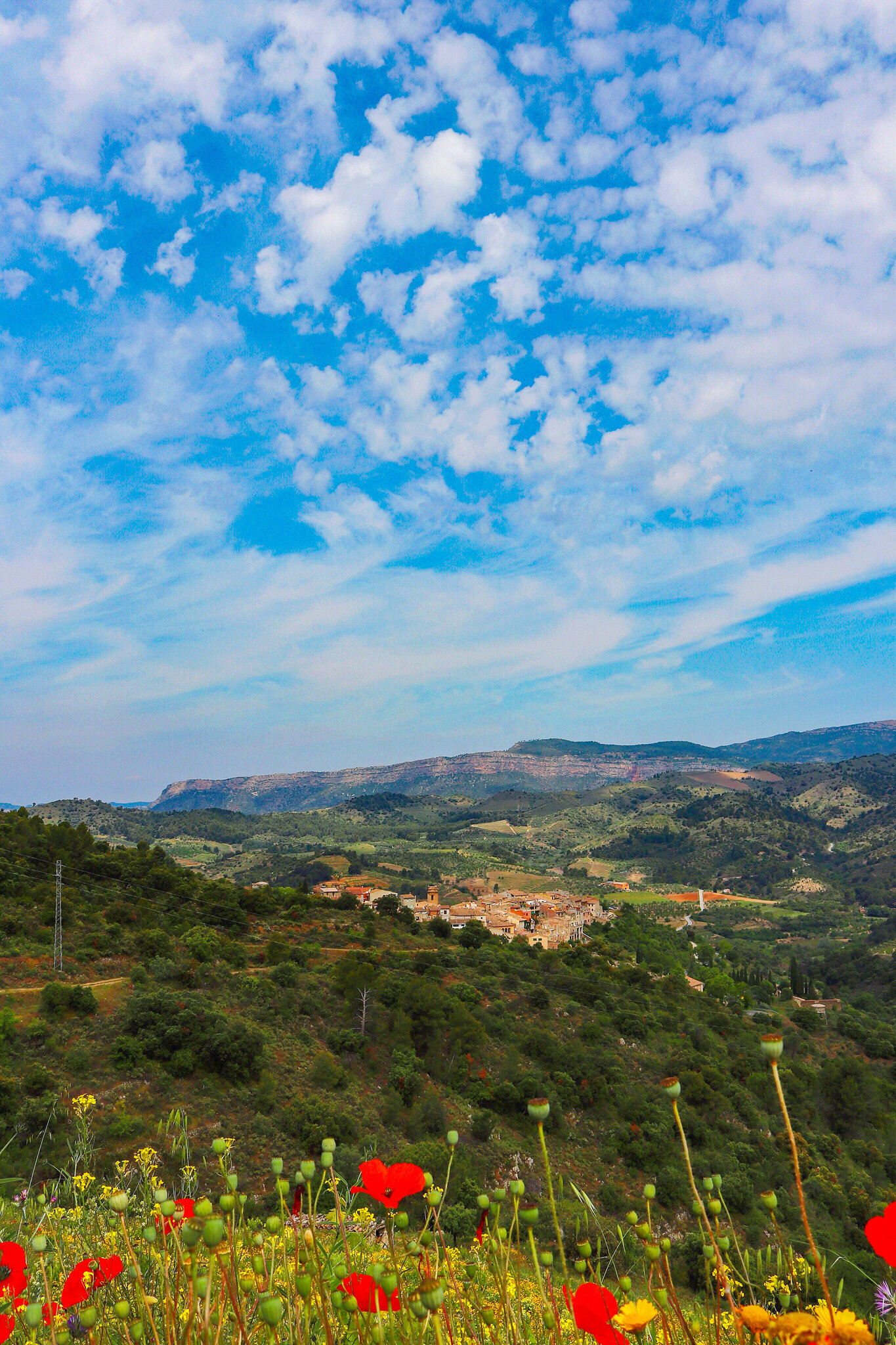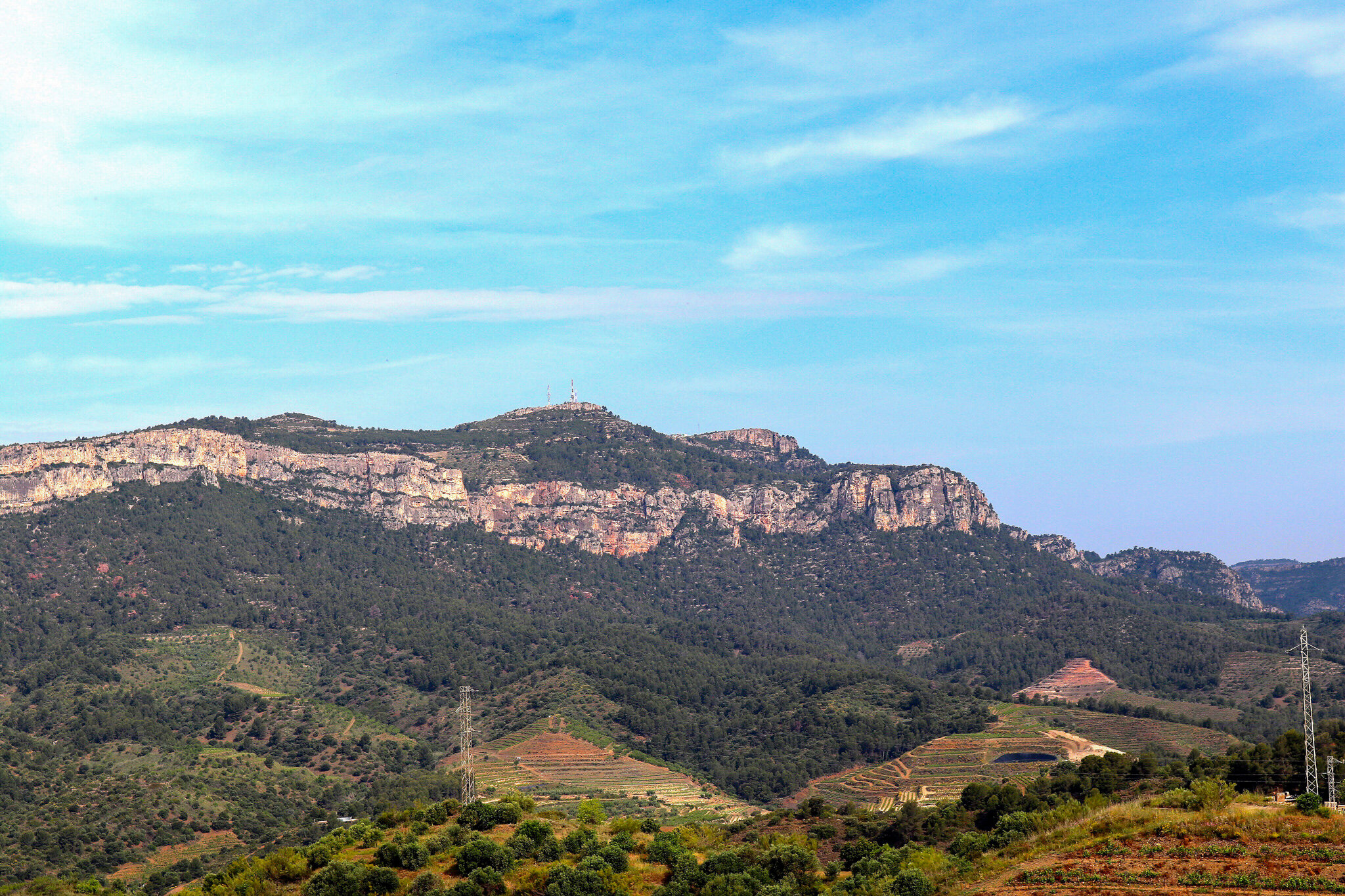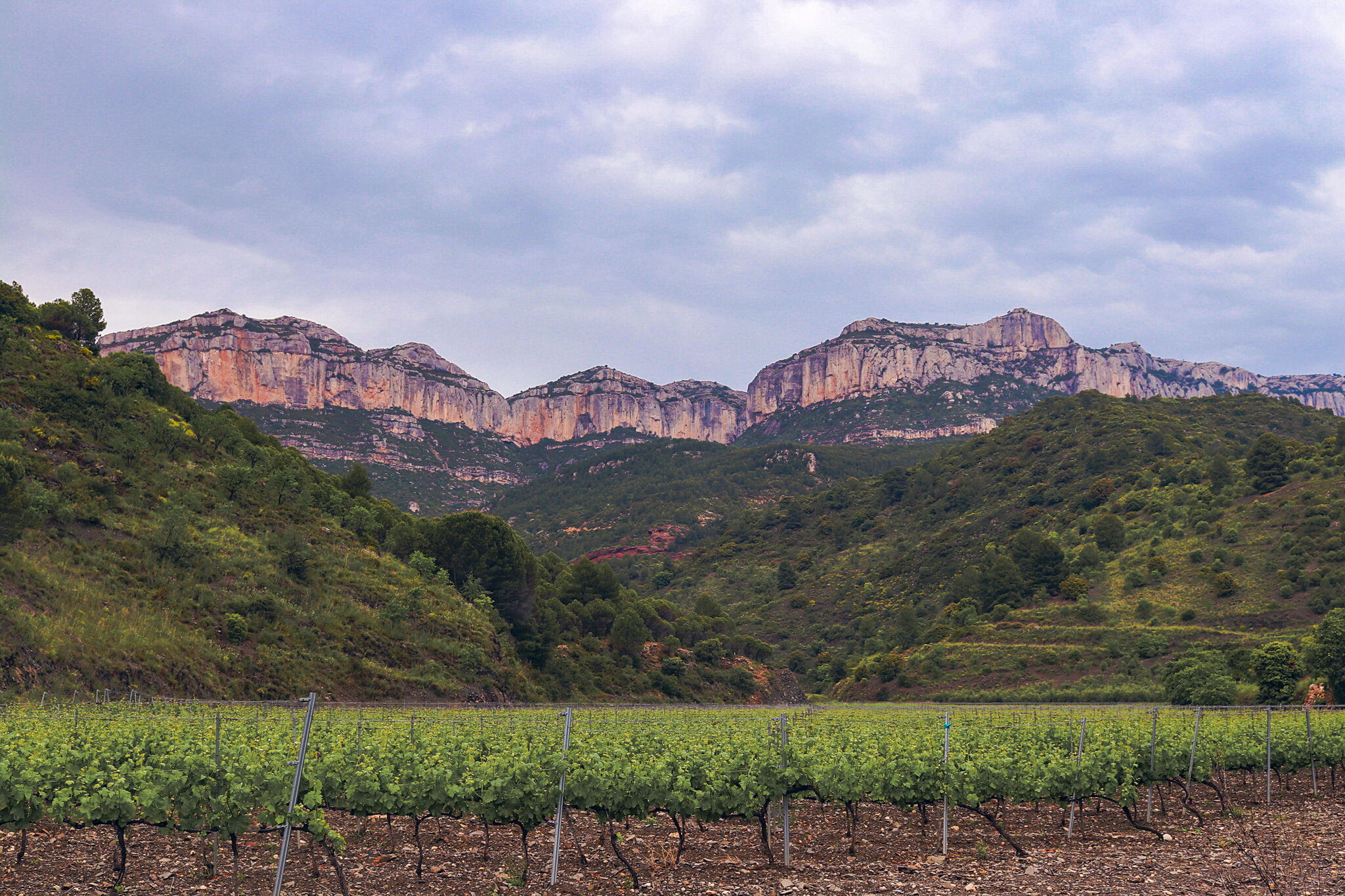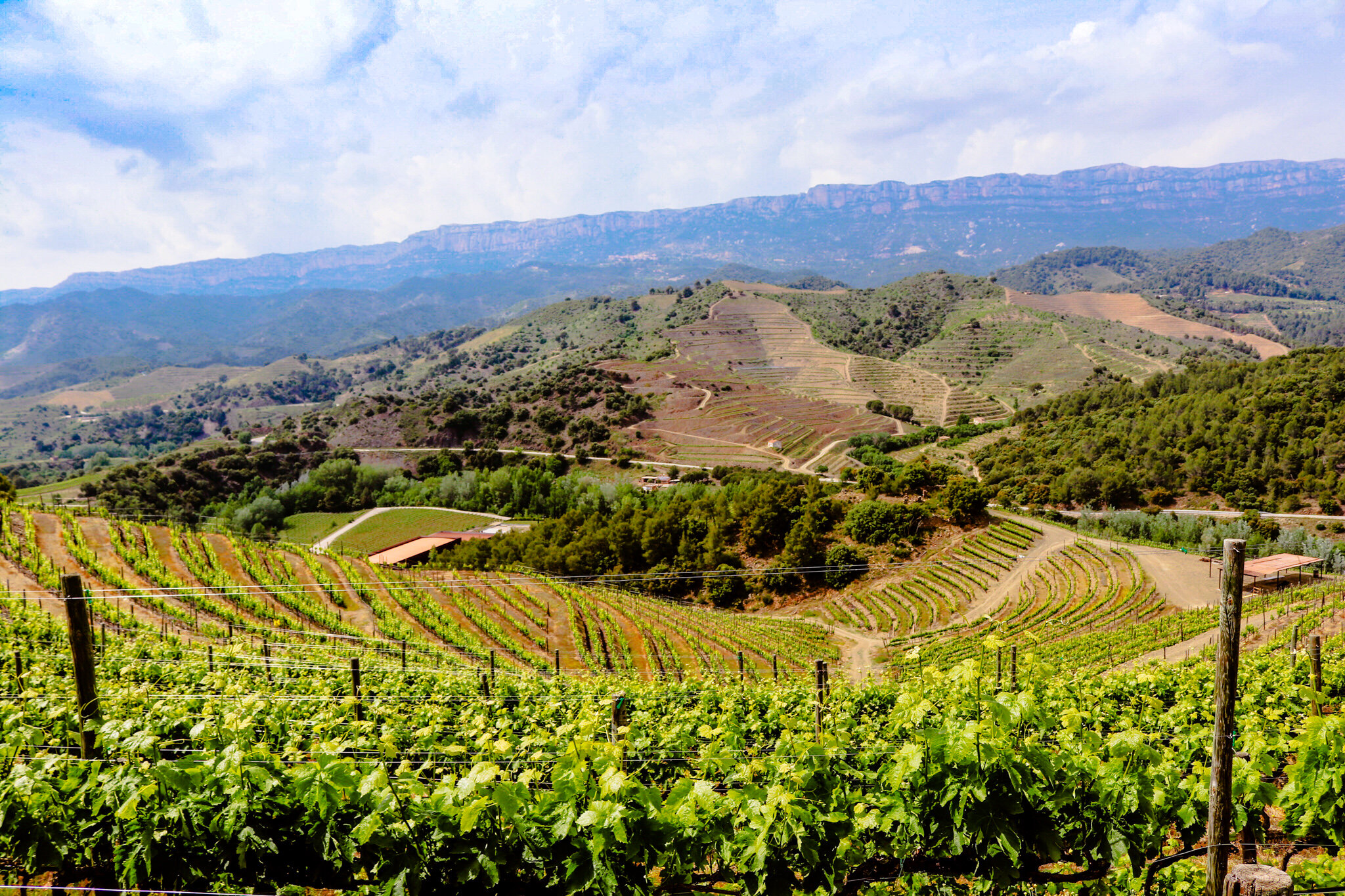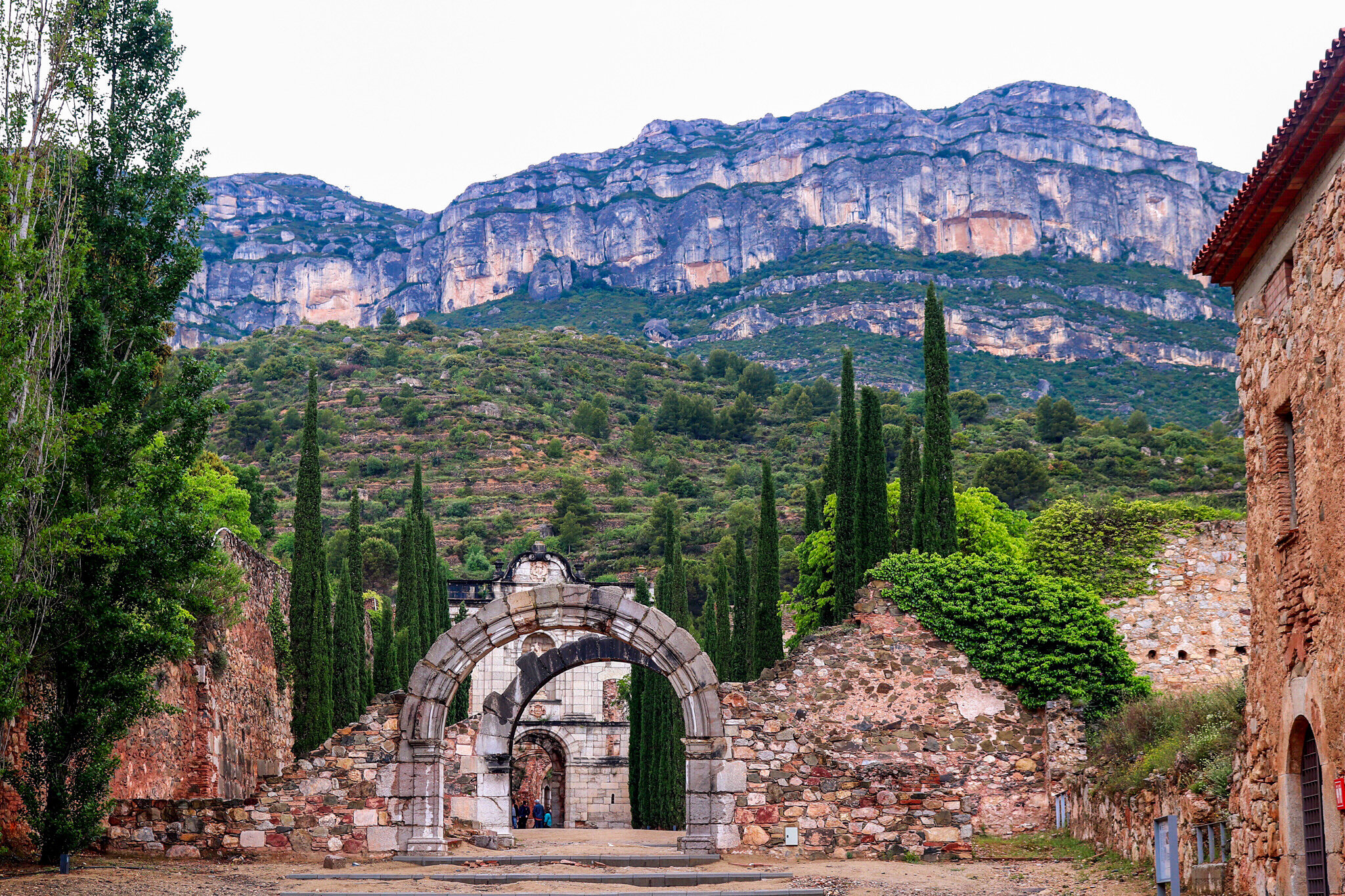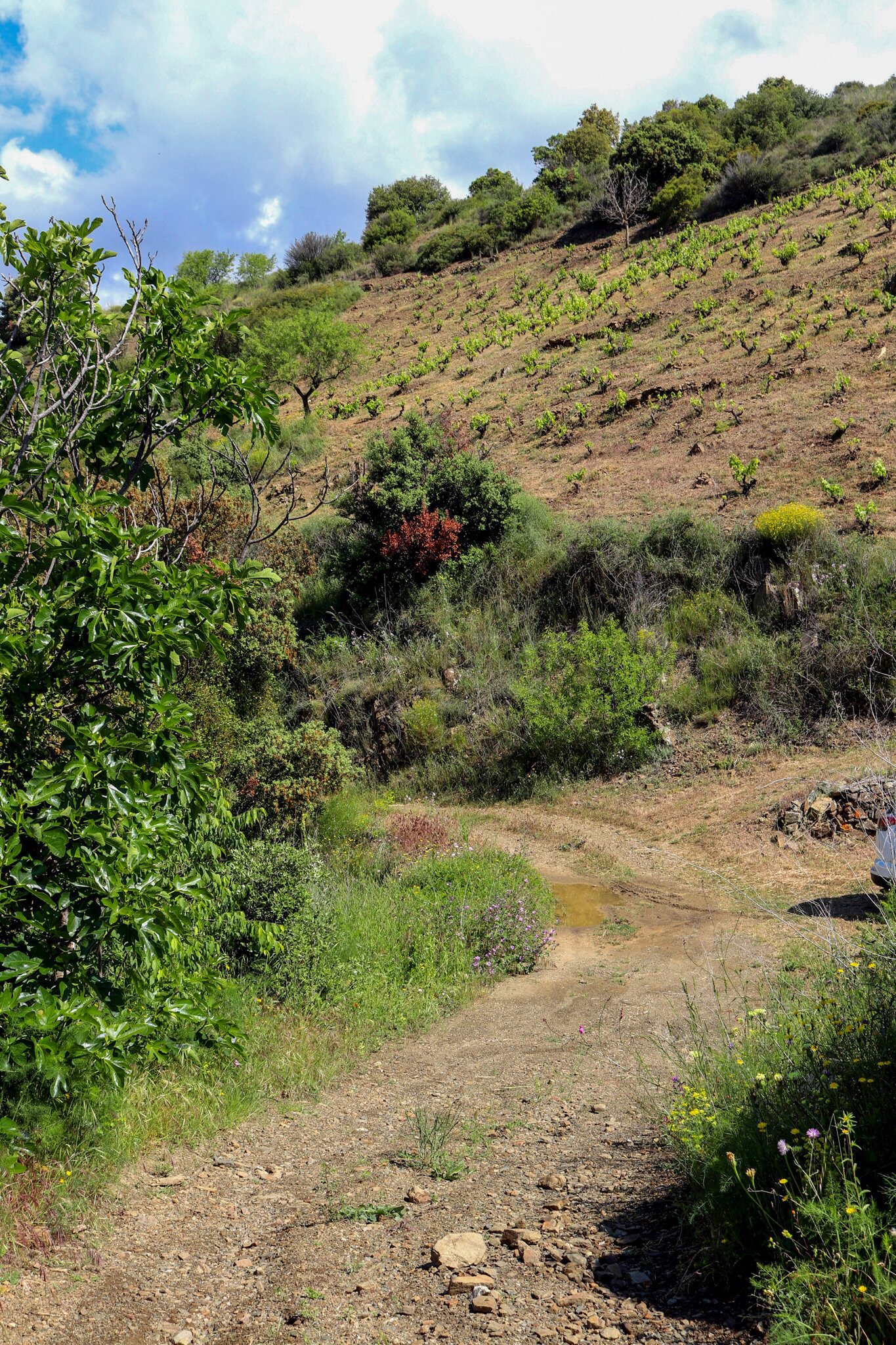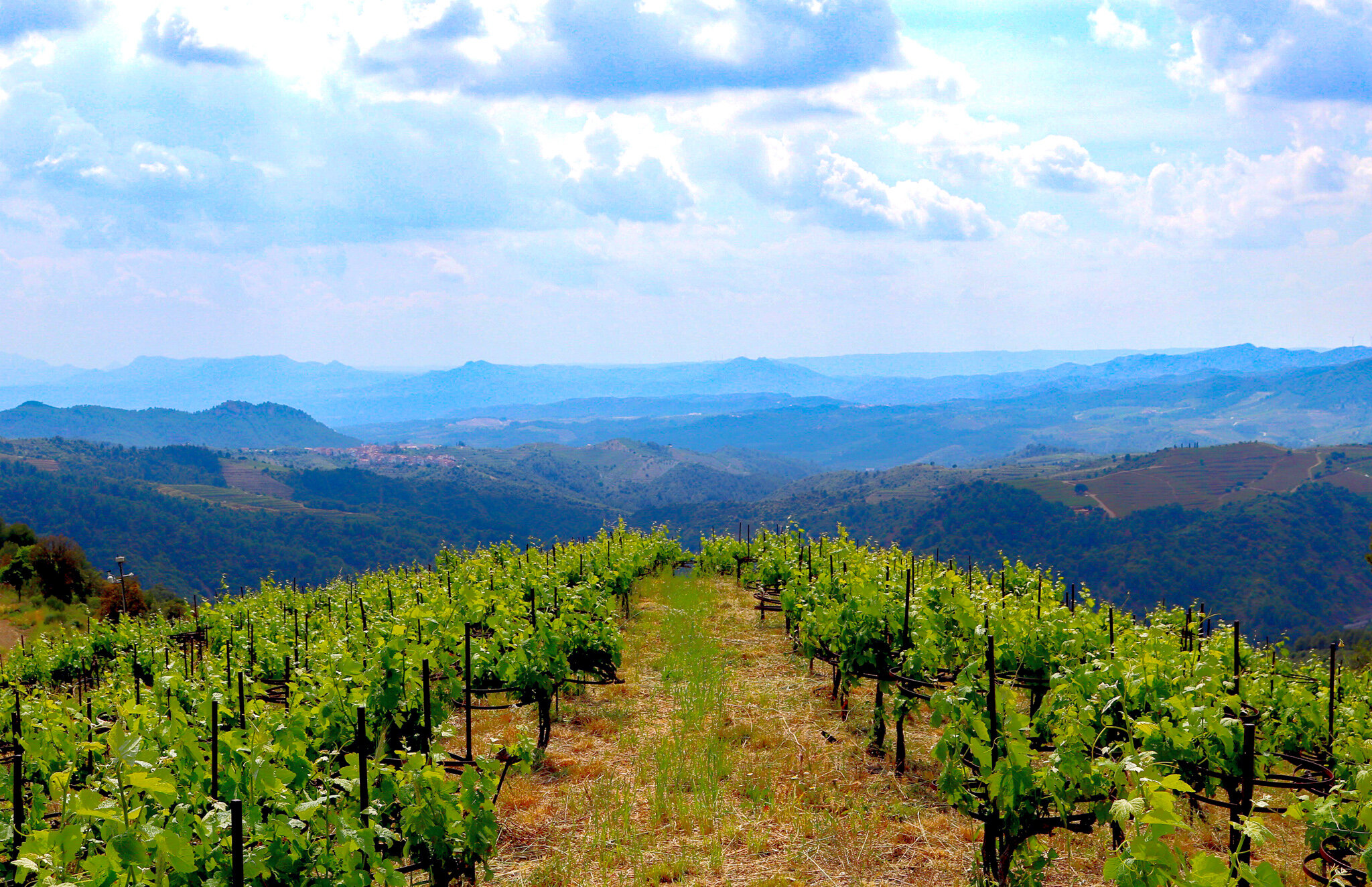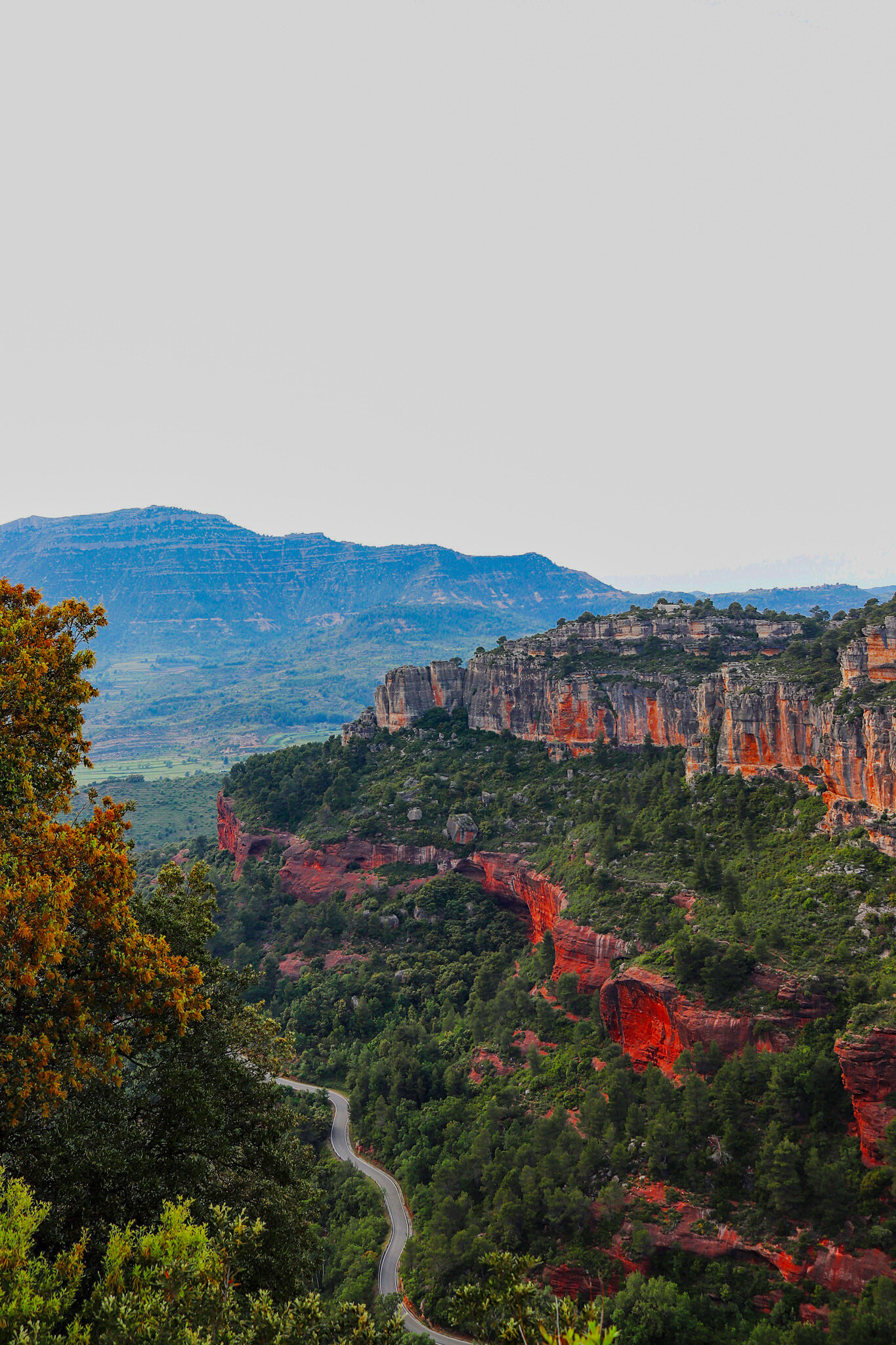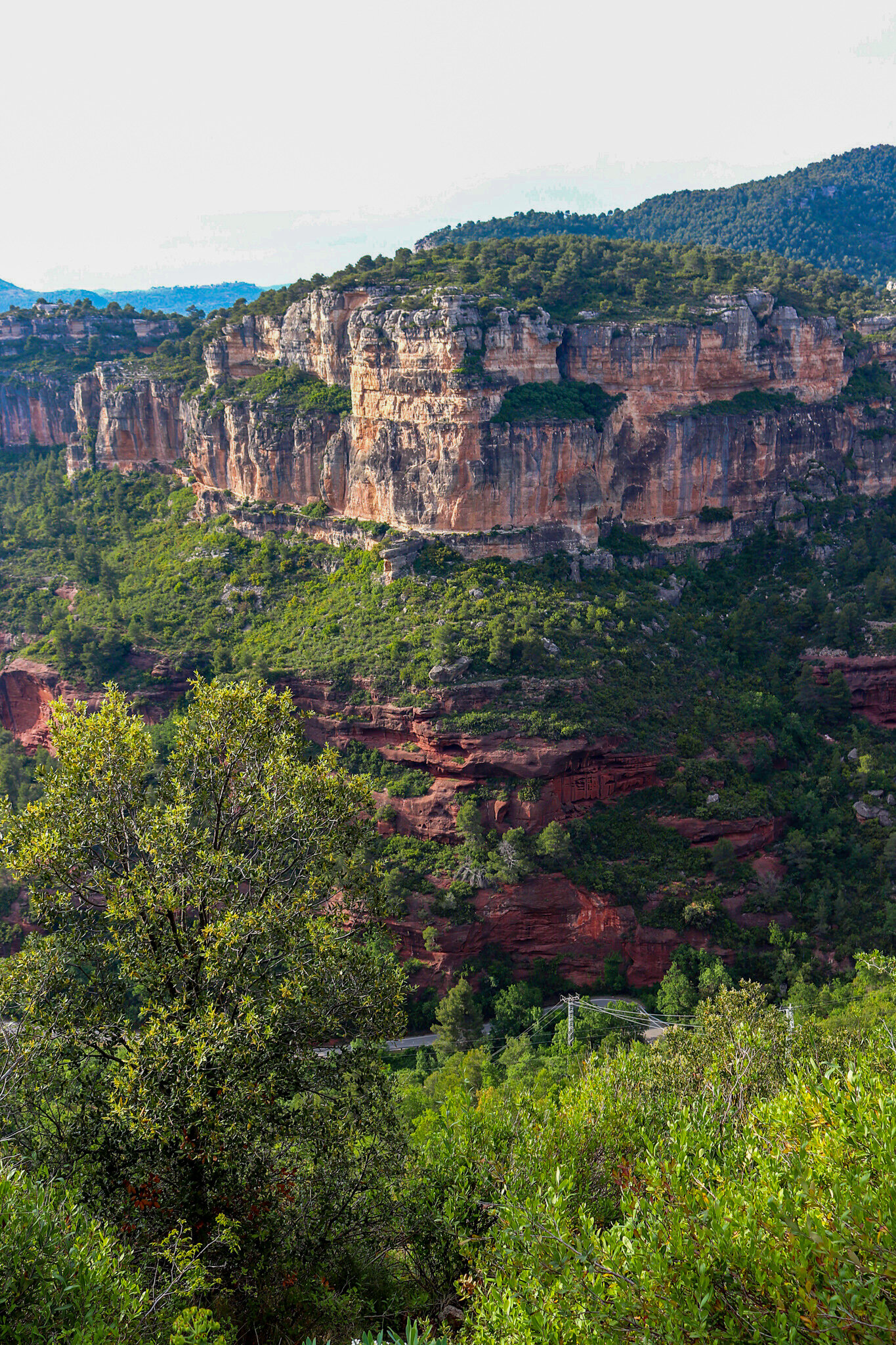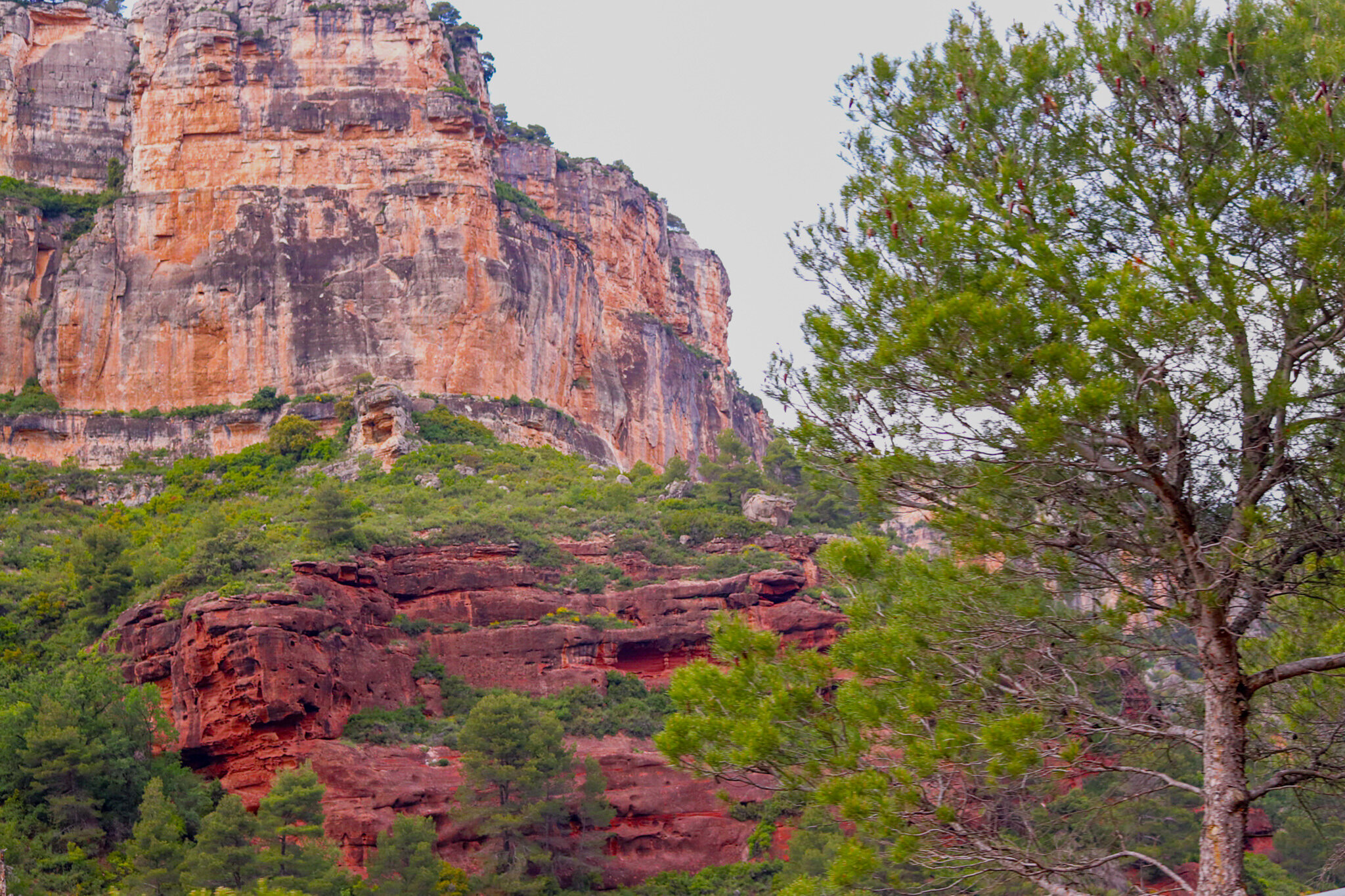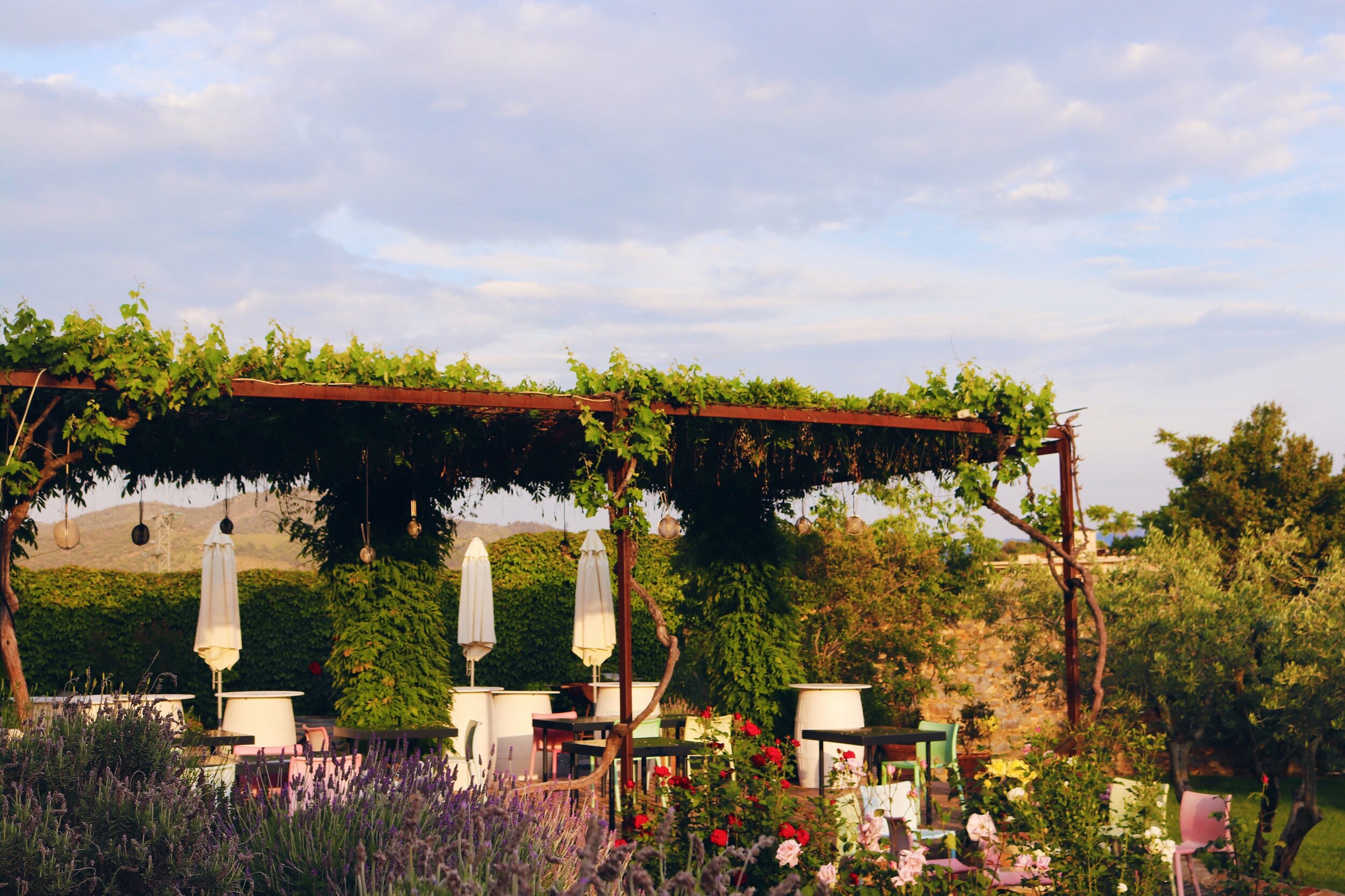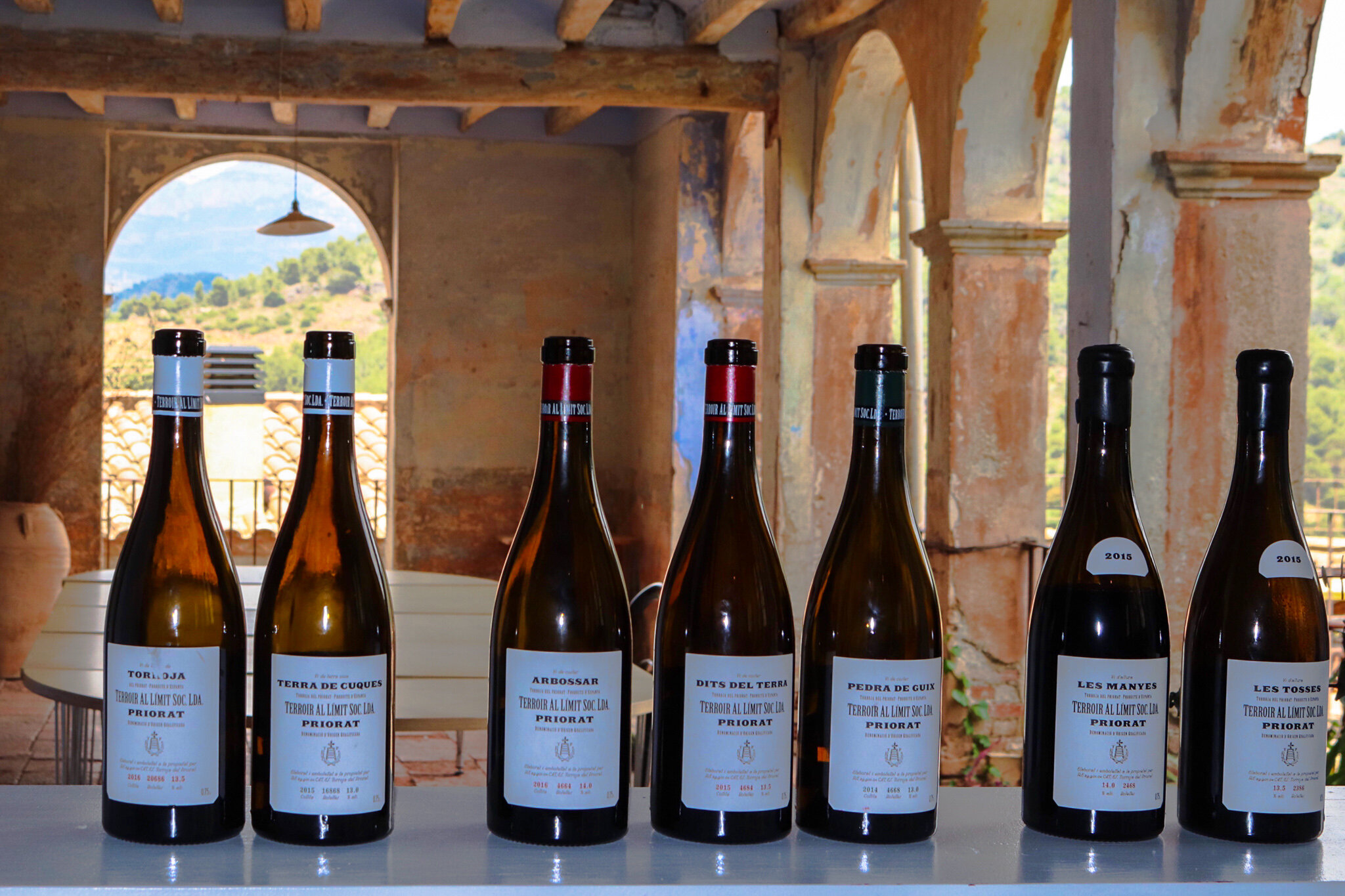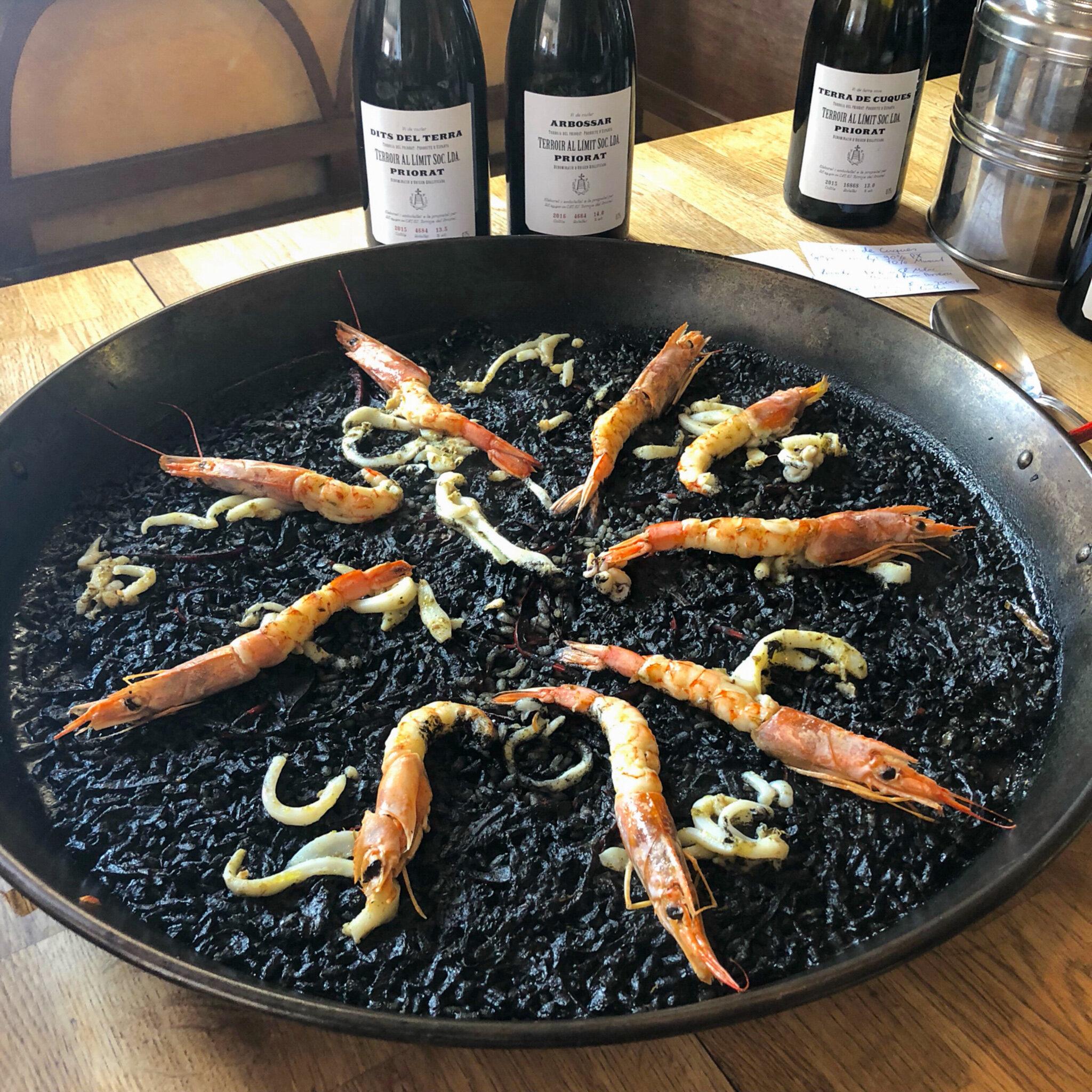Priorat: Wine Travel
If you are looking for an off the beaten path experience, Priorat is the wine region for you. Surrounded by the imposing rock walls of the Montsant Mountains, the area seems so isolated. However, it's only a couple of hours' drive from metropolitan Barcelona. From a wine region perspective, it is one that you should see to appreciate fully. I believe on a difficulty scale for farming and harvesting; this region tops the charts. A rugged beauty exists that carries through to the wines and the overall experience. It is definitely a destination that needs time for exploration. If you want an active, physically rewarding holiday, you can find that here too.
You can reach the region by train from Barcelona or Valencia. However, this is a wine destination where you'll need a car to get to many wineries. There are a limited but growing number of lodging options, although mid-week dining choices can be challenging. This region is not a visitor-centric region like Napa, but it's also what makes it so alluring. Mid-week you can traverse the twisting roads between towns and never see another car for miles. Appointments at wineries are a must as cellars are small, family-run affairs, and the person giving the tour may just be the owner or the winemaker. If you'd like a local guide, please contact me for a recommendation.
THE REGION:
The rugged Montsant mountains define Priorat both visually and viticulturally. The imposing, sheer walls have shed layers of slate onto the soils over millions of years. The vines burrow through this rock for water in the hot arid summers of this area of Catalonia. This is where Grenache and Carignan thrive, and the presence of these grapes dates back to the 12th century.
This is a small wine appellation, with only 4,200 acres of vines and fewer than 75 wineries. Rioja, the only other DOCa in Spain, is over 150,000 acres to provide a comparison. This area has only ten small villages, with Falset being the capital and the largest (population 2,500). We chose Gratallops for our home base for its central location to many of the wineries. You should not miss the towns of Porrera and Poboleda in the north valley to understand the region's diversity.
There are significant contrasts between the northern and the southern valleys and the higher elevation areas close to the mountains. It is a good idea to sample from wineries in both valleys to taste the differences. The region is quite mountainous, so each vineyard seems to have its own microclimate. In some areas, the hills shelter the vines, while in others, winds from warmer areas blow onto the grapes.
Learn about the grapes, vineyards, and terroir;
THE HISTORY:
The history behind the region starts in the 12th century when the Carthusian Monks found their way here. Priorat means land of the prior, and the monks sought out the area for its remoteness. The monks brought knowledge of winemaking, and by the 1800s, the lands were covered in vines (estimated around 42,000 acres). Two things occurred to change the history of this place forever. First, the monks became too powerful, and the Spanish government took back the properties from the church, but many of the vineyards were destroyed. Shortly following the destruction, the phylloxera virus hit the area, and what vineyards that remained were devastated. Everything was abandoned, and when some people did return in the early 1900s, the re-planted grapes were sold or made in bulk for village consumption.
A slice of this history can be found with a visit to Cellar Scala Dei, which holds the moniker of being the first bottled wine in Priorat. It is located in the village where the monks initially settled. The Cartoixa d' Scala Dei Monastery, which literally translates to the stairway to god, is a truly majestic setting surrounded by the Montsant Mountains. You can explore the monastery's remains and stop in the village bakery that uses tools and techniques handed down through the centuries.
Today, only 15% of the vineyards remain, and many of the old stone terraces can be seen in the landscape. Because of land abandonment, ownership of some properties is hard to track down, so you will not find many contiguous vineyards covering an entire area.
TO VISIT:
When learning about modern-day Priorat, you will hear of the "original five." These winemakers came together in the seventies to bring the region back to life; René Barbier, Carles Pastrana, Álvaro Palacios, José Luis Pérez, and Daphne Glorian. In a cooperative style, they released their first vintage together in 1989. After much success, they divided up the vineyards and are now comprised of the following wineries; Clos Mogador, Finca Dofí, Clos de L'Obac, Clos Martinet, Clos Erasmus. These original wineries are mostly in the south valley near the town of Gratallops.
The winery visits themselves are a unique experience, and you need to allow two to three hours for each stop. You will most likely start by jumping in a vehicle (VW bus, truck, ATV) to explore the vineyards. Expect to hike, so you can genuinely appreciate the terroir but be significantly rewarded by the fantastic views of the valleys. Of course, you will also be rewarded with a tasting of the full spectrum of wines these wineries produce.
Here are more details on my winery visit recommendations;
ALONG THE ROAD:
To work up a sweat before your winery visits, you can traverse the mule paths through the vineyards. A fantastic way to see the countryside.
If you're looking for amazing views, head to the town of Siurana and hike along the mountain ridge. You will understand why this was a stronghold, one of the last settlements of the Arabs, in Catalunya. Today some of the best rock climbing can be found on these cliffs.
Barcelona is an absolute must in my book. I’ve created its own Travel Guide.
TO STAY AND EAT:
We stayed in a lovely place, Trossos del Priorat, just outside the town of Gratallops. It's also a working winery, and the views of the vineyards and the valley are sensational. They offered freshly made breakfasts and picnic supplies, but there is no restaurant onsite.
A small bed and breakfast with a restaurant in the town of Gratallops is Clos Figueras. It's also a working winery. A lovely place to kick back with a glass of wine while enjoying a meal on their patio.
When visiting the town of Porrera, a wonderful place to dine is Restaurant la Cooperativa. Of course, everything is locally grown, mostly organic, and prepared authentically. If you are looking for a particular Priorat wine, you could probably find it here, and the service is superb.
Terroir al Limit, opened a small B&B in the village of Torroja called Cal Compte. We enjoyed our wine tasting with a typical Spanish meal that centered around paella.

